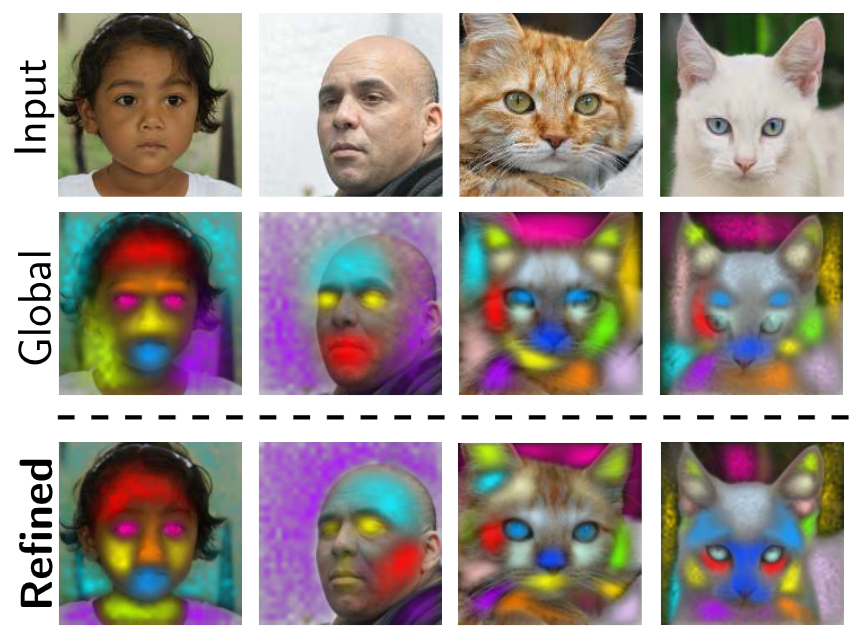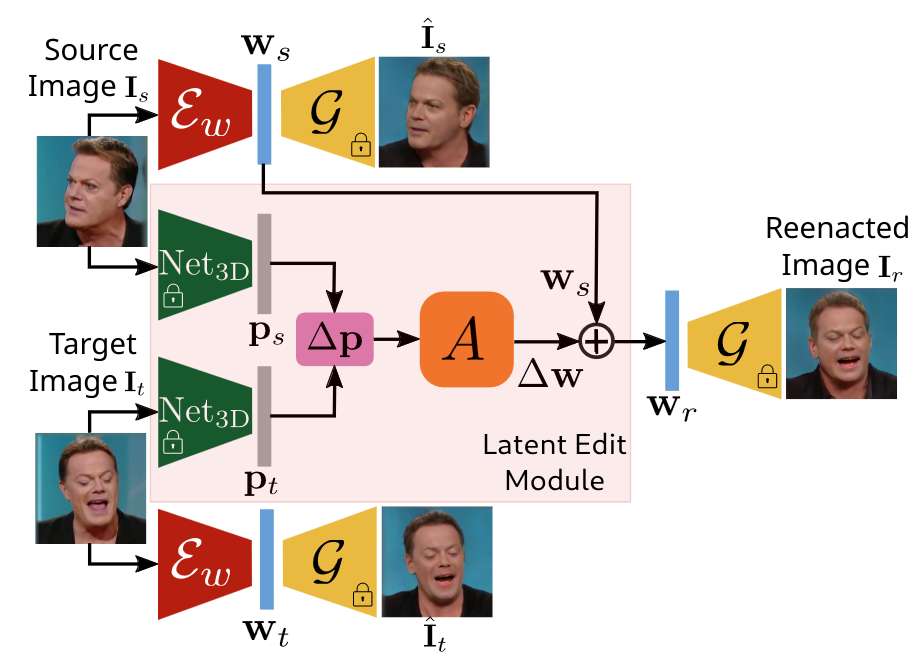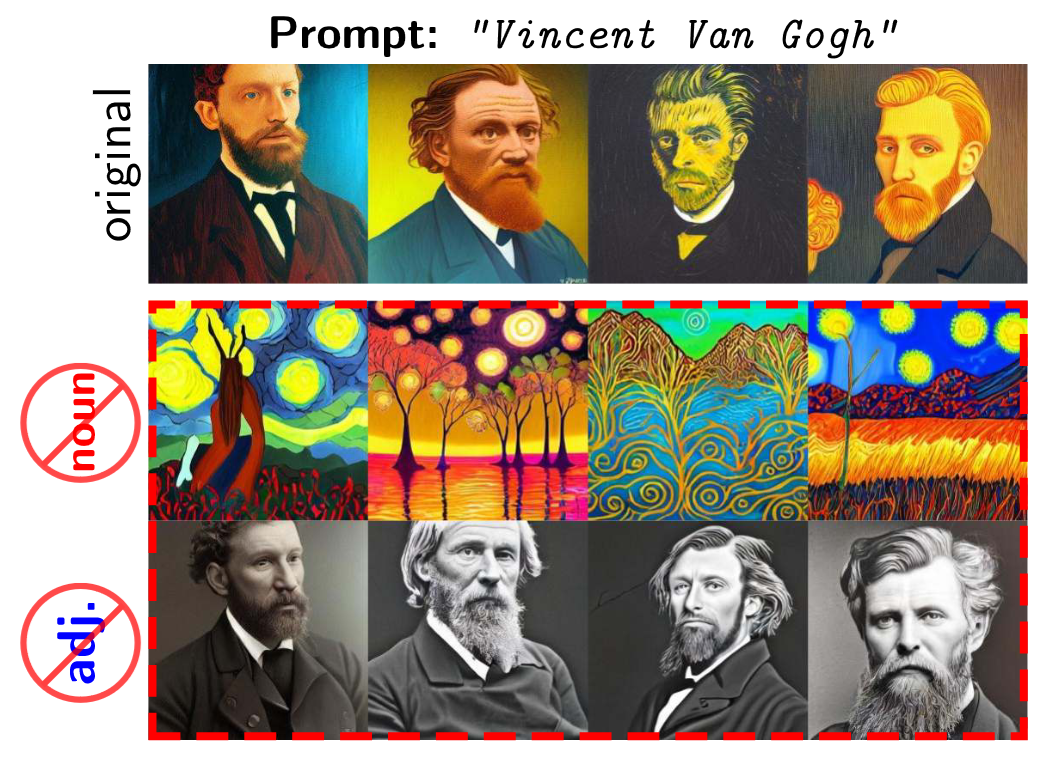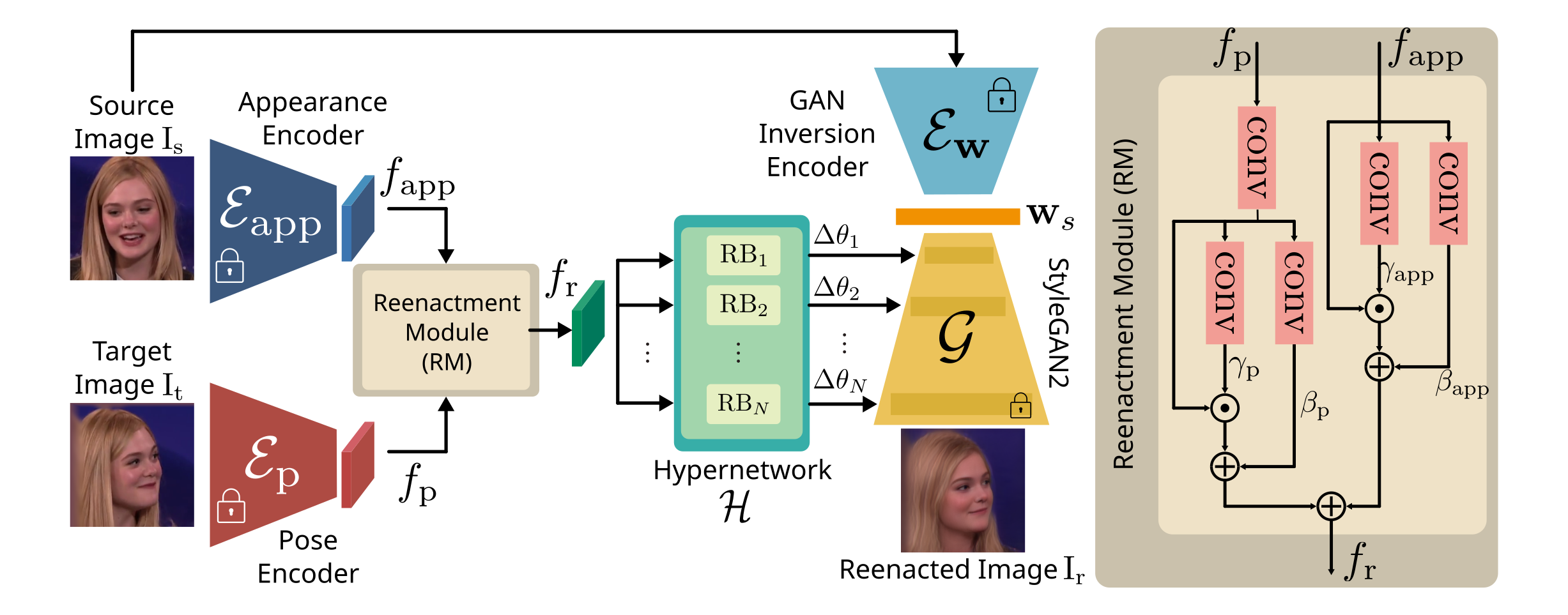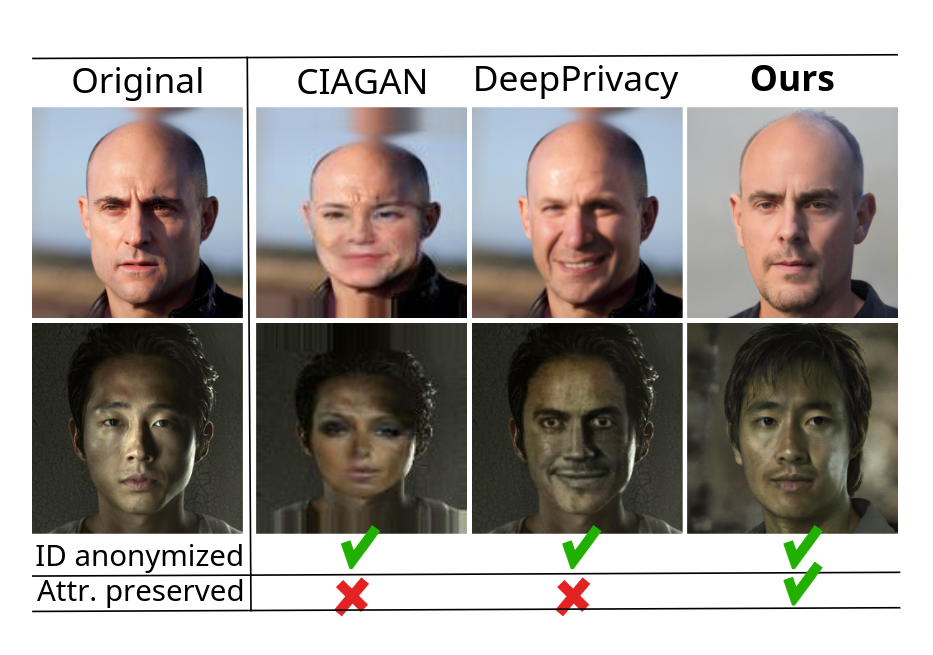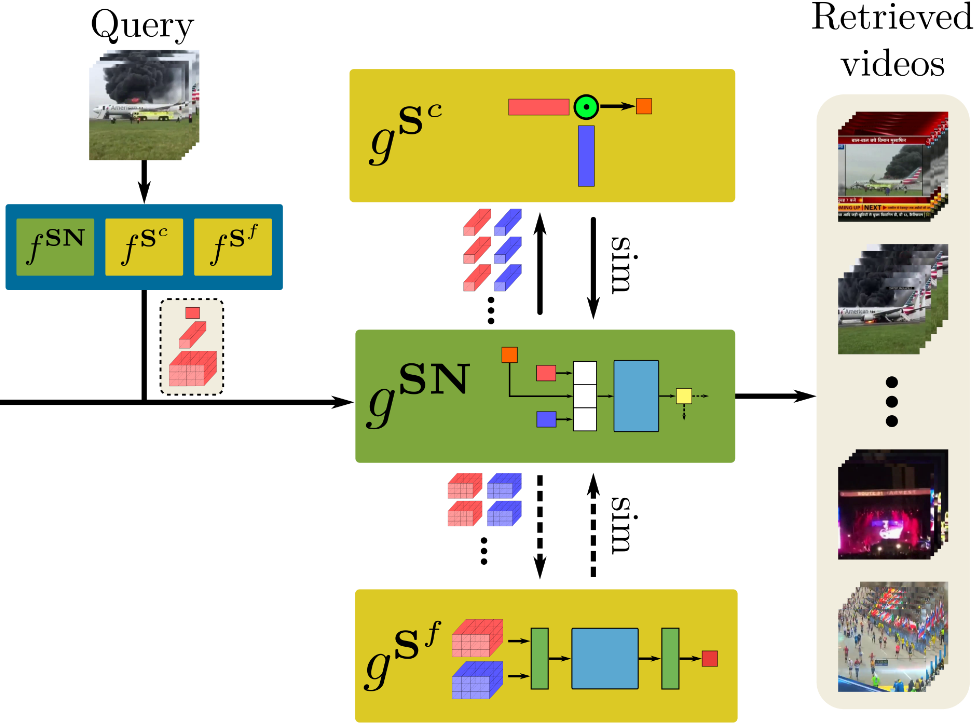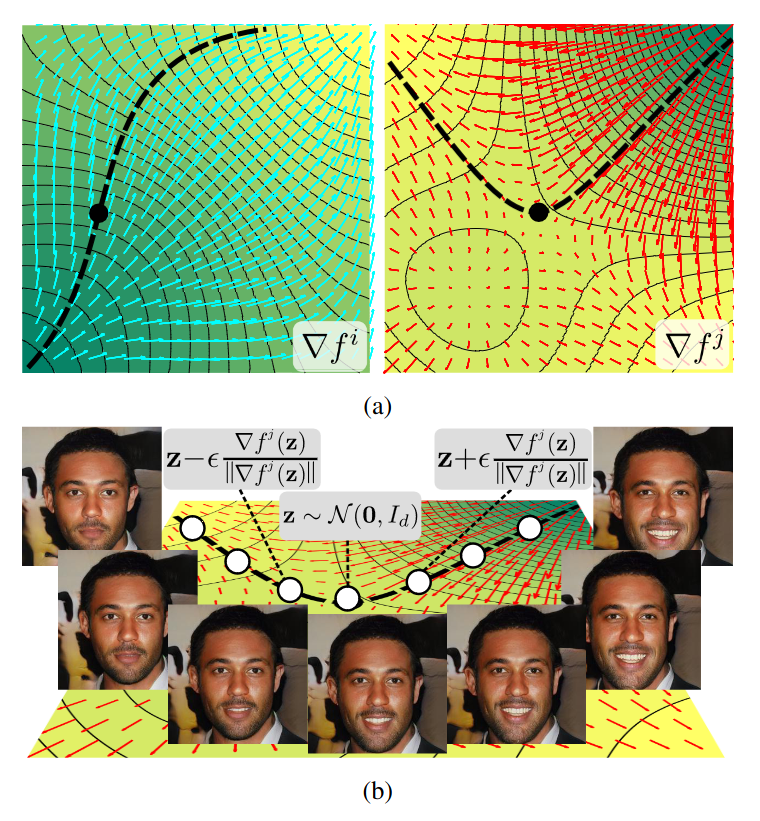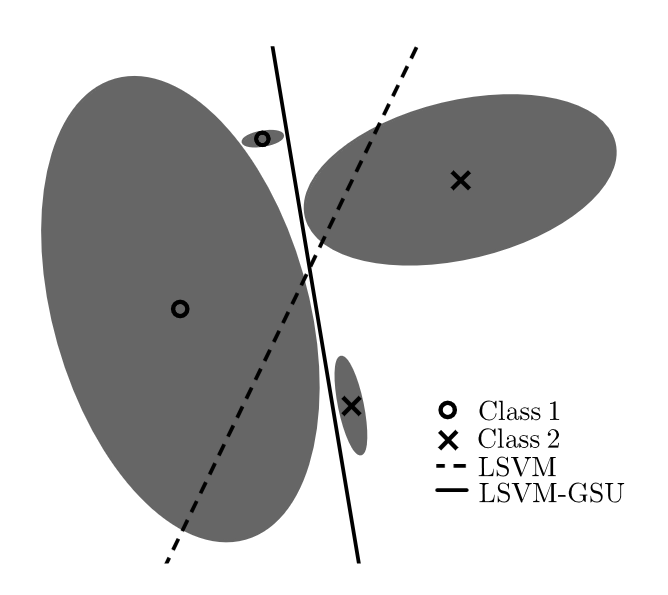Christos Tzelepis
Senior Research Scientist, Generative AI // Computer Vision // Machine Learning
Samsung AI Center, Cambridge
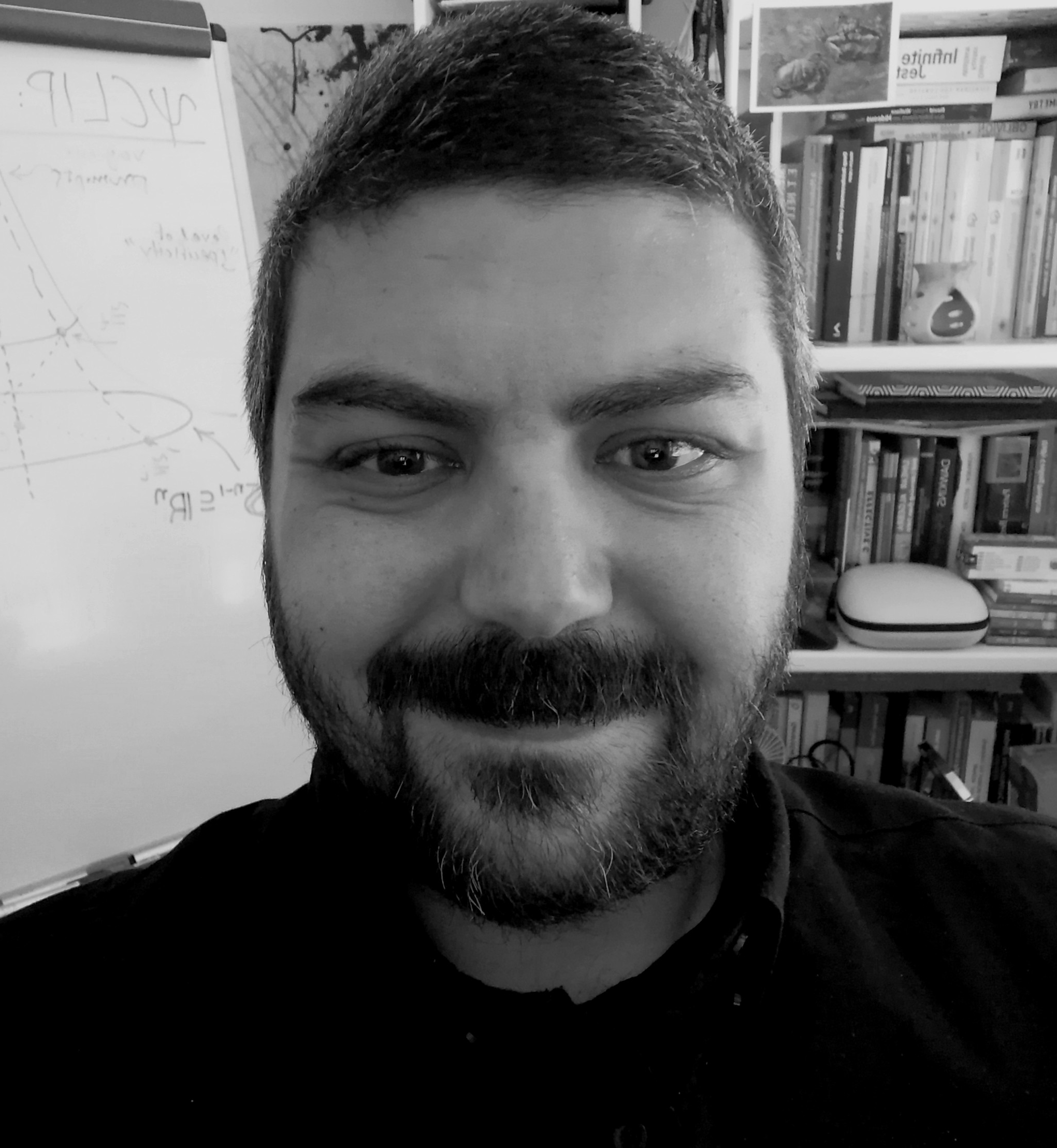
I am a Senior Research Scientist at Samsung AI Center, Cambridge working with Dr. Georgios (Yorgos) Tzimiropoulos. Prior to that, I was a Lecturer in Computer Science at City, University of London (2023-2024) and a post-doctoral researcher at Queen Mary University of London (2018-2023) working with Prof. Ioannis (Yiannis) Patras. I received the Diploma degree in Electrical and Computer Engineering from Aristotle University of Thessaloniki, Greece (2011), and the Ph.D. degree in Machine Learning and Computer Vision from Queen Mary University of London (2018).
news
| Jul 9, 2024 | One paper accepted at MICCAI 2024. |
|---|---|
| Jun 1, 2024 | One paper accepted at TPAMI (if=20.8) |
| Jan 26, 2024 | One paper accepted at IJCV (if=19.5) |
| Nov 3, 2023 | One paper accepted at WACV 2024 |
| Sep 22, 2023 | One paper accepted at NeurIPS 2023 |
